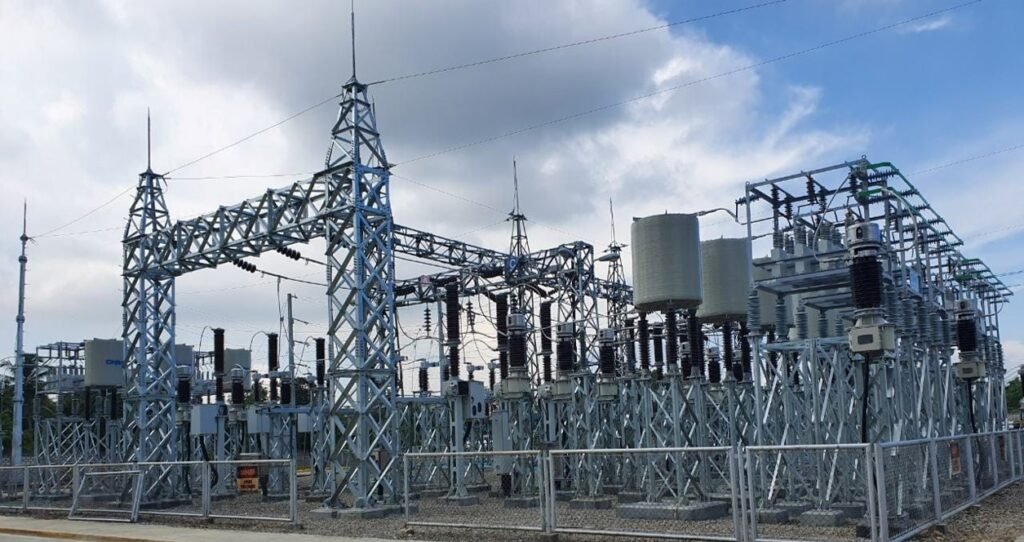The National Grid Corporation of the Philippines said that, as the sole power grid operator and since it took over transmission operations from the government in 2009, it has significantly expanded the country’s transmission network.
NGCP has, so far, invested P300 billion into what was in 2009, the government’s aging transmission system. “A total of 3,729 circuit-kilometers of transmission lines, 28 new substations, and an additional 31,190MVA of transformer capacity has been installed in the past 14 years.”
It added that from 2009 to 2022, it completed 56 projects, including the energization of its Cebu-Negros-Panay 230kV Backbone Stage 1, interconnecting Cebu, Negros, and Panay for faster and more efficient power sharing; the Ormoc-Babatngon 138kV Transmission Line, reinforcing power transmission delivery in the Leyte and Samar provinces; the Calong Calong-Toledo-Colon-Cebu 138kV Transmission Line, constructed to create an N-1 system between Negros and Panay grids; and the Bohol 138kV Backbone Line, which solved the overloading condition and provided a more stable and reliable transmission network in Bohol.

Several projects were also finished in Luzon and Mindanao, the NGCP said in a statement, adding that more projects are in the pipeline. Its Transmission Development Plan details these priority projects to improve transmission backbones and alternative transmission corridors, and to develop resiliency policies for power transmission facilities.
The company is set to complete more projects this year, particularly the Cebu-Negros-Panay Stage 3 Backbone Project, the Nabas-Caticlan-Boracay Transmission Line Project, and the Cebu-Bohol Interconnection Project, among others.
“NGCP’s P300 billion grid expansion, reinforcement, and upgrading initiatives from 2009 to present, as well as those in the pipeline, are meticulously planned by our engineers and updated year after year with careful consideration for the needs of every single area in the country,” it added.
“We continue to be hopeful that improvements in all three sectors of the power delivery system are in sync with each other, so that one sector is not made to be the sole or principal solution to challenges in the other sectors,” the company stressed. “This is a system, and to make it robust, resilient, and responsive to the needs of a fast growing economy, the direction and coordination must be clear, equally implemented, and objectively pursued.” ||




